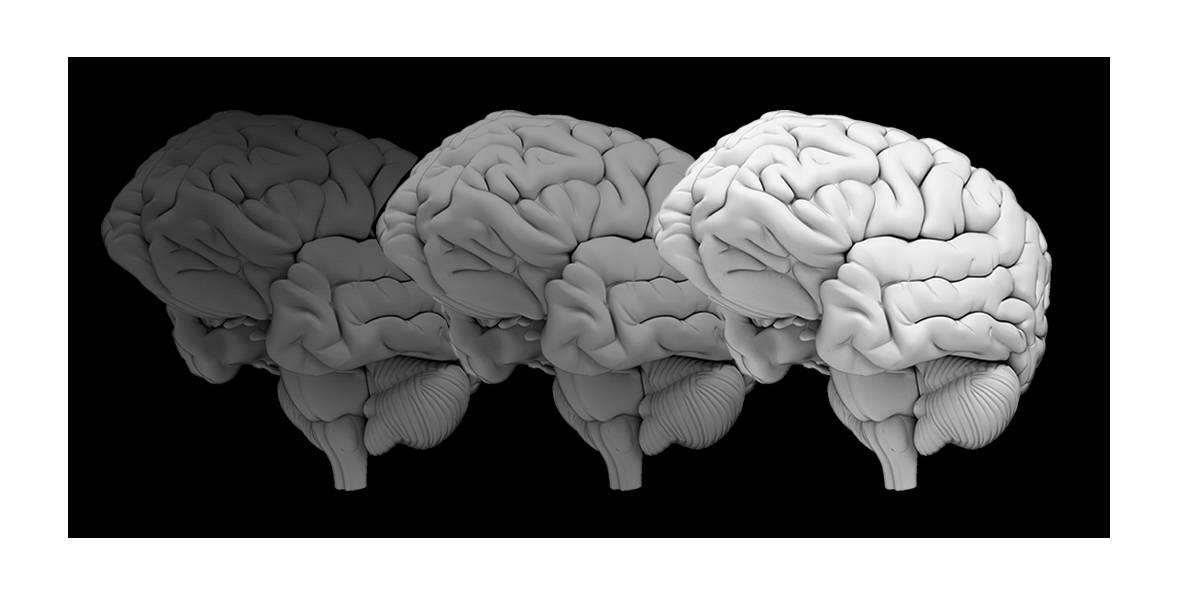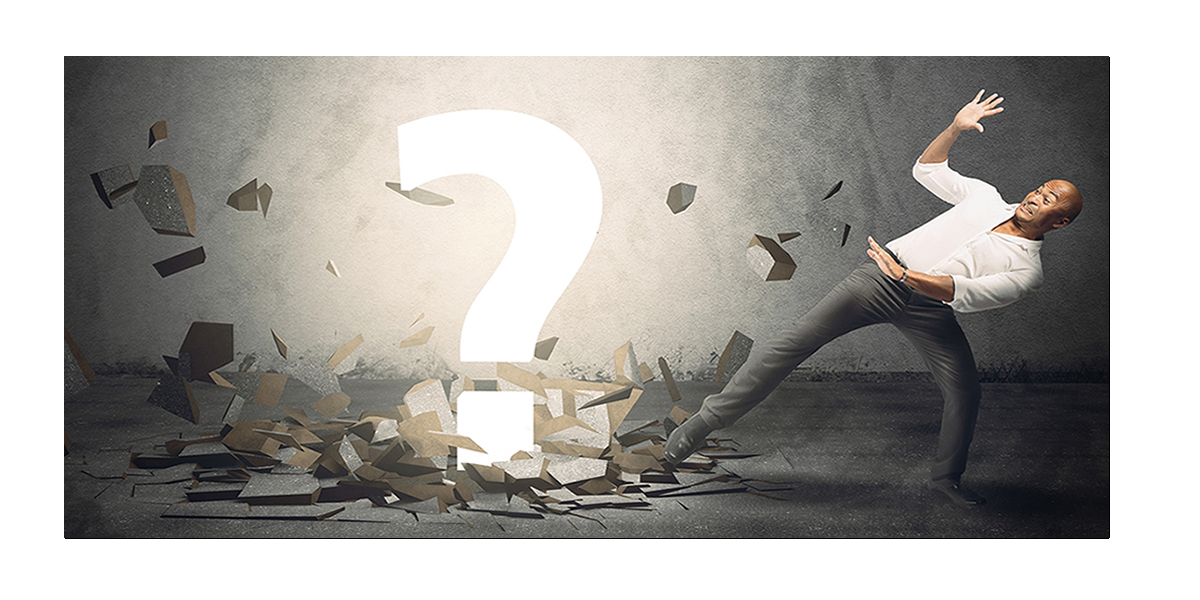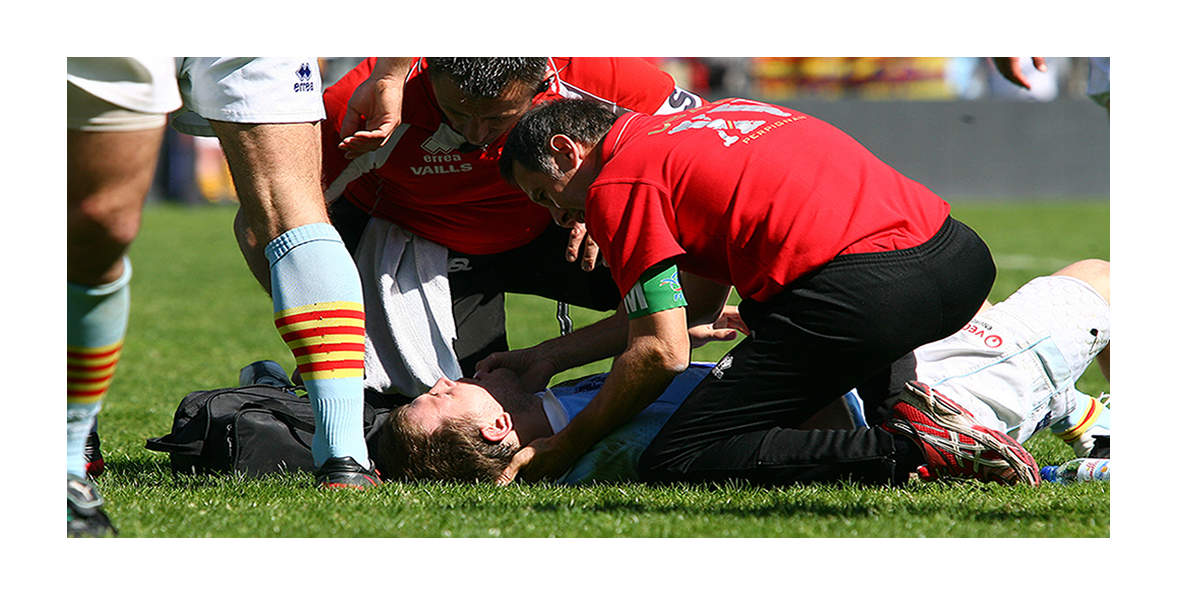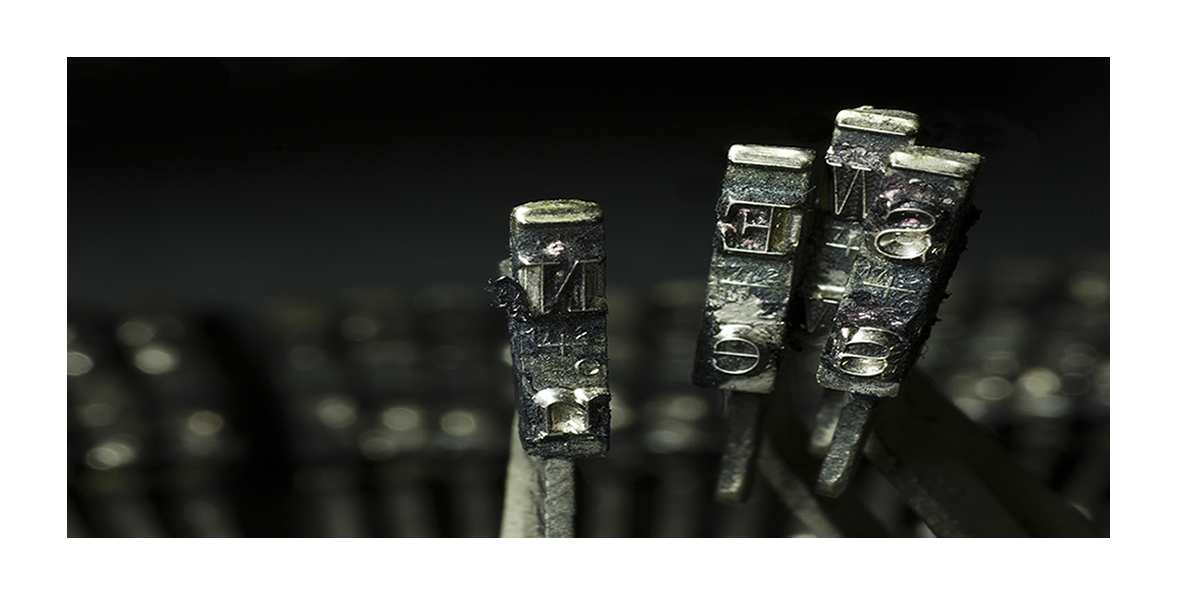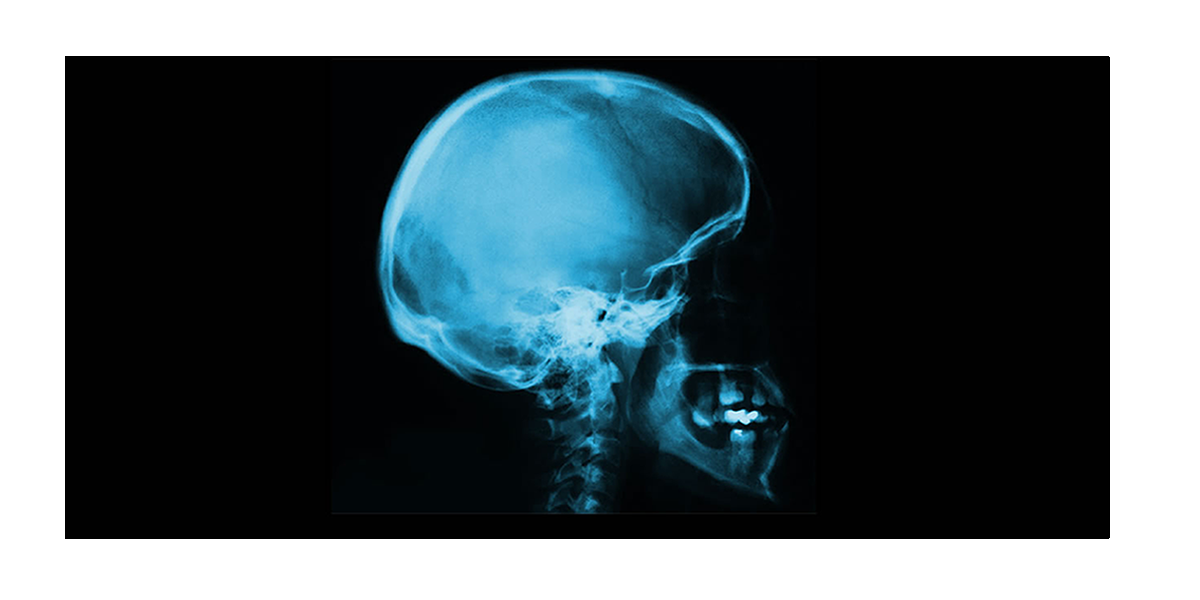It is a time-honoured tradition of North American ice hockey that at some point during a game, two men will skate to the centre of the ice, remove their helmets and proceed with a bare knuckle brawl.
The men who drew up the rules of the National Hockey League in 1917 allowed for fist fights within the game and clubs hired "enforcers" - players with negligible skills but an excellent right hook - to represent their team whenever tensions flared on the ice.
Now the practice, long defended by officials and celebrated by fans, has come under intense pressure after the deaths of three "enforcers" over the summer and evidence that one of their number was suffering from an advanced degenerative brain disease apparently caused by repeated blows to the head.
In addition, the absence of the world's best player, Pittsburgh Penguins star Sidney Crosby, for almost a year due to a concussion sparked a change in the rules relating to contact.
NHL owners, in particular, shuddered at the thought of losing their most marketable and talented player at the age of just 23.
Crosby's injury has been seen as sort of a catalyst for tougher new rules on hits to the head and more stringent enforcement policies.
Other incidents have added to the urgency for action on concussions.
Derek Boogaard, who stood 2m tall in his skates and was known to fans and foes as the "The Boogeyman", was only 28 when he died in May of an accidental overdose of alcohol and painkillers.
Before his body was cremated, his brain was removed and taken to the Centre for the Study of Traumatic Encephalopathy at Boston University. As his family waited for the results of tests, two other "enforcers" were found dead in August.
One, aged 27, had committed suicide after years of depression. The other, newly retired, had hanged himself in what his family said was an accidental suicide.
This week came news that Boogaard had been suffering from chronic traumatic encephalopathy (CTE), a condition that was previously detected in the brain of Bob Probert, 45, a retired enforcer who died last year of heart failure.
The progression of the disease in Boogaard's brain stunned Ann McKee, a co-director of the Boston institute. "To see this amount? That's a 'wow' moment," she told The New York Times.
It would probably have resulted in the onset of dementia, had the player lived to reach middle age, Dr McKee added.
In response, Gary Bettman, the commissioner of the NHL, has said there is still not enough data to suggest a link between a professional hockey career and the development of CTE, and suggested that there was not an "overwhelming appetite" to abolish the brawling via tougher penalties.
Prominent neurosurgeons disagree, however.
Yesterday, Charles Tator, a professor of neurosurgery at the Toronto Western Hospital, told The Times: "I think he's not surveying the entire hockey population. I detect a real change in attitudes, a cultural shift, where the roughness of brain injuries is hitting home. I believe this will be translated into fewer kids wanting to continue hockey as a sport."
The Times

